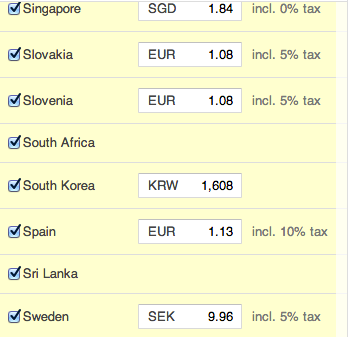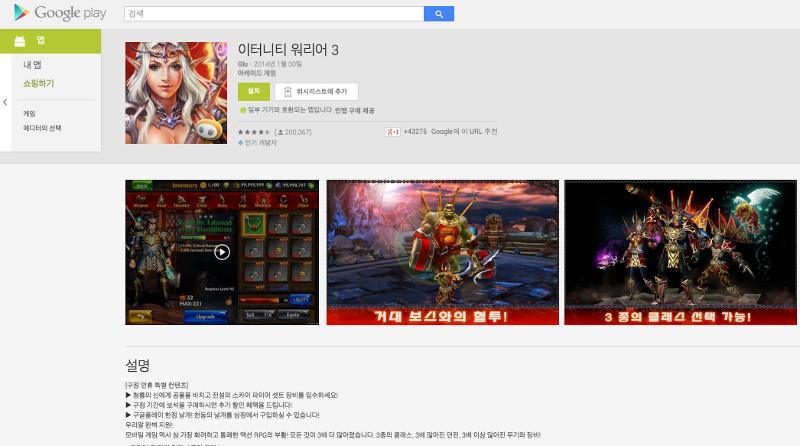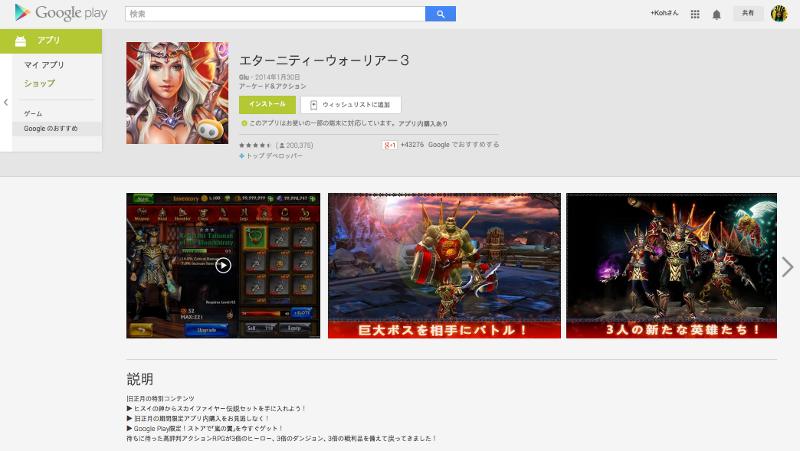Android and Google Play give you a worldwide audience for your apps, with an addressable user base that's growing very rapidly in countries such as Japan, Korea, India, and Brazil. You can sell your app in more than 130 countries.
To maximize your app's distribution potential and earn high ratings from users around the world, we encourage you to localize your app. Once you’ve built a solid foundation in your home market, take advantage of Android’s powerful growth around the world and expand your app to new markets.
Tip: Localization is more than translation. Plan product features, launch, and marketing for key markets.
Localization involves a variety of tasks throughout your app development cycle, and advance planning is essential. But localization is more than just translating your UI. To be successful, you also need to localize your Google Play listing and ensure your marketing is suitable for the demographic you’re addressing.
To reduce development and maintenance effort, use a single APK for all regions. A single APK also allows you to more easily track metrics by country. Google Play takes care of providing the appropriate localized version of your app based on user location.
Localize Your Product
Tip: Use a professional translation service located in your target country to ensure high quality and good user ratings.
The first step is to identify your target markets and associated languages, then focus your product localization on those countries. Some of the tasks include translating your UI strings and localizing dates and times, layouts, text direction, and finally your Google Play store listing. To learn more about how to localize your app, visit our Localization Checklist.
Work with a professional translator, preferably located in the country you’re localizing your apps for, to ensure high quality results. Machine translations may affect your apps’ ratings, as they’re less reliable than high-quality professional translations. For example, a professional service will know to consider the vocabulary expansion, left-to-right and right-to-left support, and other factors in each language. Learn more about UI considerations and other factors in the Design for Localization section of the Localization Checklist.
Google Play App Translation Service can help you quickly find and purchase translations of your apps. In the Developer Console, you can browse a list of third-party vendors who are pre-qualified by Google to offer high-quality professional translations at competitive prices.


Testing and Support
Before you launch, be sure to use our beta testing and staged rollouts to identify and address issues before users can rate your app. Feedback can be gathered using a Google Group or Google+ Community. Watch user sentiment and respond if necessary as you add countries.
After you launch, offer support hours in the local time zone in the local language. When possible, having a local presence can dramatically increase your daily active users and revenue. For example, this developer was able to increase their revenue over 500% after creating a local presence in Asia and taking great care of their users.
Localize Your Google Play Store Listing
Tip: You can select regions, set regional pricing, and localize your listing while maintaining only one APK.

Within your Google Play listing, you’ll need to set the regions in which your apps will be available, set pricing for each, and customize your Google Play listing to ensure it speaks to local audiences. You can change your country and carrier targeting at any time just by saving changes in the Google Play Developer Console.
Region selection
In the Developer Console, you can set the regions you make your app available to, pricing in local currencies, and all Google Play listing marketing. You can specify which countries and territories you want to distribute to, and even which carriers (for some countries).
Pricing
When you start to address new markets you have several options for setting the prices of your products: apps, in-app products, and subscriptions. You can set a default price for each product and allow Google Play to adjust this each month for changes in exchange rates, or manually set prices.
There are several reasons why it might be beneficial to set prices manually, such as:
-
Cost of living differences. To better target developing markets you may consider offering your apps at a lower price to make them more affordable in relation to local incomes.
-
Price perception. Users in some countries respond well to prices set to x.99, while others prefer x.00 pricing.
-
Numerology. You may wish to avoid using certain numbers that are considered unlucky, such as 13 or 4.
-
Competition. Your app may have local competition in some markets that you need to account for.
-
Local trends and interests. Your apps may be able to bear a higher price in some markets. For example, the interest in various sports varies greatly from country to country.
You may also want to run short-term promotions and discounts in specific countries.
The Pricing & Distribution section in the Developer Console is where you set and manage regional distribution and local prices.
Copy and creative
To market to users around the world, localize your store listing, including app details and description, promotional graphics, screenshots, and more. Graphical assets and copy can be uploaded for each country you are targeting.


Learn more about how to localize your store listing.
Marketing

Just like your Google Play listing, all other marketing should be localized to speak to the local audience. This includes images, colors, icons, and audio. To maximize effectiveness, run promotions, contests, and announcements at local time. You can build a localized Google Play badge and device art for each language you support.